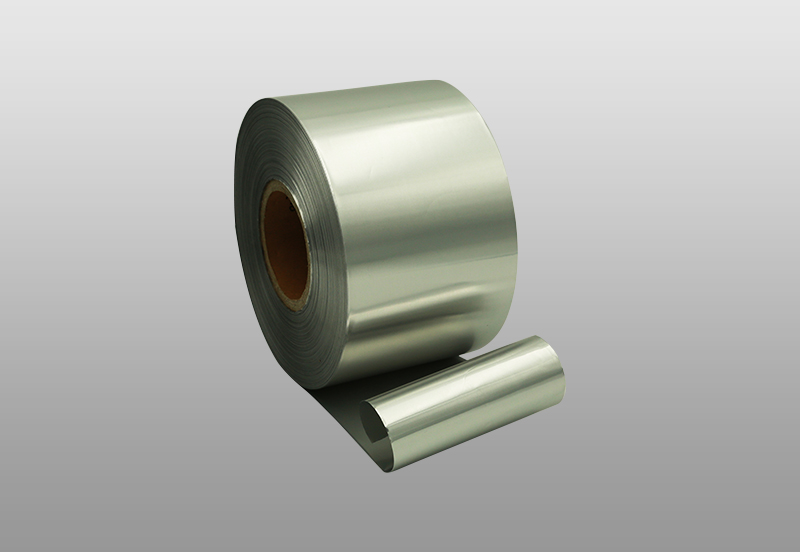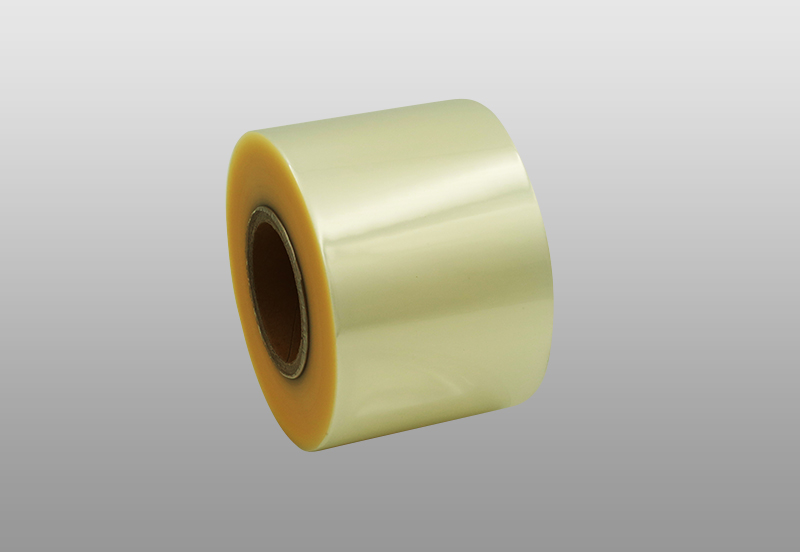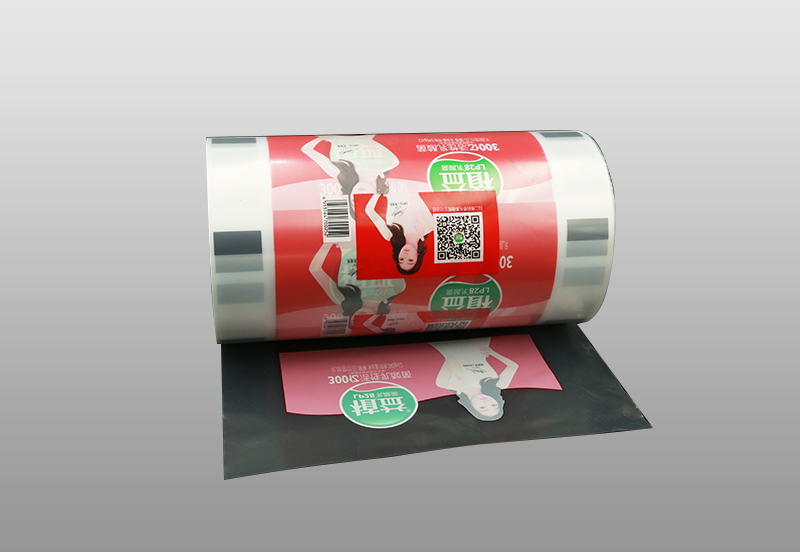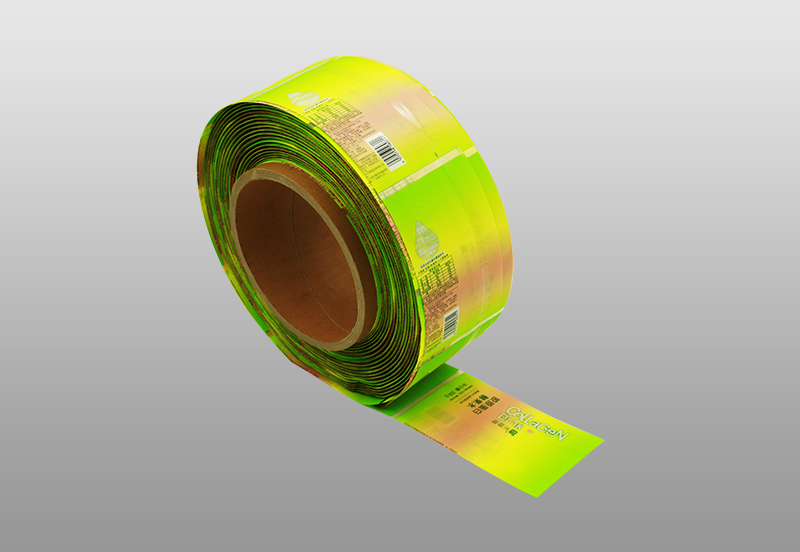Heat-shrink sleeves are the ideal packaging solution for products that require long-lasting protection and ease of handling. Printed by converters or printers, these sleeves are applied to the containers and sent through a heat or steam-treated tunnel for shrinking. Once the shrink-sleeves have finished shrinking around the containers, they are shipped in rolls or sheets.
These sleeves come in a variety of sizes, shapes, and colors to fit your products and promote your brand. Unlike traditional shrink-sleeves, these packaging options are easy to remove and recyclable. In addition, they are custom-printed for aesthetic appeal and versatile functionality. In addition, heat-shrink sleeves are often accompanied by labels.
The most common heat-shrink-sleeve material is PVC, which offers excellent print quality and a low shrink temperature. The downside of PVC is that it is less environmentally friendly than other shrink materials. If your company only needs a few hundred shrink-sleeves for a specific product, you can choose a cheaper alternative such as COC plastic.
Heat-shrink sleeves need to be stored in a cool area. High heat can cause them to prematurely shrink, impairing their ability to protect goods. To avoid this, keep shrink-sleeves in cool areas of your facility, and don't refrigerate them.
Shrink-sleeve labels can use the entire surface of the container. This allows for more information, including compliance information, nutritional information, and more. They also offer a tamper-evident seal. They can be applied with either an automatic or manual machine. The choice is up to you, and what's most convenient for your production process will determine how best to use the shrink-sleeve film.
The versatility of POF film makes it an excellent choice for packaging a wide range of products. You can use it with multiple machines and packaging forms. Depending on the type of packaging, you may need to perforate the film before applying it. This helps the film to shrink faster. You can even buy pre-perforated shrink film from suppliers.
Shrink-sleeve films are also environmentally friendly. They have a similar physical texture as traditional plastics, but they break down naturally into plant-based byproducts. This lowers your carbon footprint. Biodegradable shrink film is also an eco-friendly option for packaging.
PVC was once the most popular shrink packaging material, but has stepped aside in favor of POF and PE. However, this material is still widely used in many applications. It's often used for clamshell packaging, rigid blister packaging, and flexible packaging. Essentially, PVC is a combination of carbon, hydrogen, and chlorine.

 English
English Español
Español русский
русский 简体中文
简体中文






